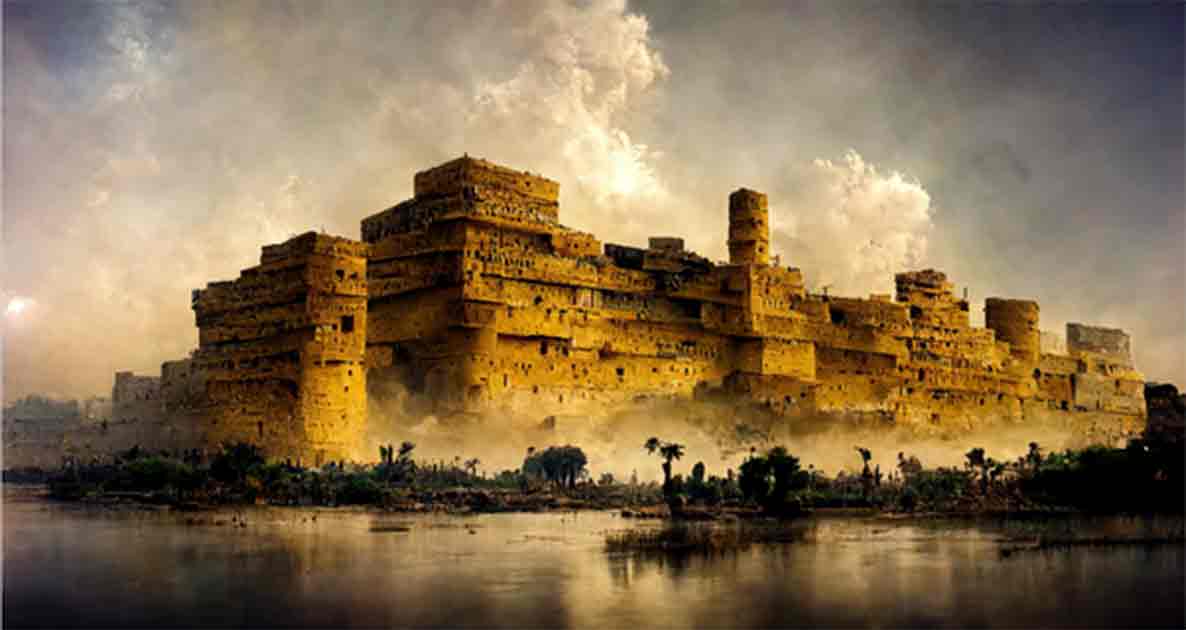The Civilizations of Ancient Mesopotamia Explained (Video)
Ancient Mesopotamia, often referred to as the cradle of civilization, witnessed the flourishing of several remarkable cultures, including the Sumerians, Assyrians, Persians, and Babylonians. The Sumerians, among the earliest inhabitants of Mesopotamia, are renowned for their pioneering achievements in writing, governance, and urban development. Their city-states, such as Uruk and Ur, served as centers of innovation and cultural exchange.
The Assyrians, known for their military prowess and administrative sophistication, expanded their empire through conquest, establishing one of the largest empires of the ancient world. Their capital city of Nineveh boasted impressive architectural feats and monumental sculptures, reflecting their power and influence.
The Persians, under the leadership of Cyrus the Great, ushered in a period of tolerance and prosperity, promoting trade and cultural exchange throughout their vast empire. Their advancements in governance and infrastructure, including the construction of the Royal Road, facilitated communication and commerce across the region.
Babylon, with its legendary Hanging Gardens and renowned Code of Hammurabi, epitomized the wealth and grandeur of ancient Mesopotamia. Its cultural and architectural achievements continue to captivate historians and archaeologists, offering glimpses into the rich tapestry of Mesopotamian civilization.
Top image: AI image of Mesopotamian Empire. Source: Rick/Adobe Stock

















